l'applicazione di dispositivi repellenti per animali nei frutteti
I frutteti sono una fonte abbondante di frutta fresca, ma spesso sono minacciati da intrusioni animali. Per salvaguardare i preziosi frutti e il duro lavoro degli agricoltori, l'uso di dispositivi repellenti per animali è diventato sempre più comune.
una delle sfide significative che i proprietari di frutteti devono affrontare è la presenza di uccelli. gli uccelli sono attratti dai frutti maturi e colorati, e il loro becco può causare danni sostanziali. per affrontare questo problema, vengono impiegati vari dispositivi repellenti per uccelli. un tipo comune è il repell
Un altro metodo efficace è l'uso di deterrenti visivi. Nelle bande riflettenti o oggetti lucidi attaccati agli alberi si muovono e riflettono la luce, creando un'esperienza visiva confusa e intimidatoria per gli uccelli. Alcuni dispositivi proiettano anche forme simili a predatori o luci
I roditori sono un altro problema comune nei frutteti. Possono masticare le radici e i gambi degli alberi da frutto, influenzando la salute e la produttività degli alberi. I dispositivi di repulsione ad ultrasuoni si sono dimostrati efficaci contro i roditori. Questi dispositivi emettono suoni ad alta
In alcuni casi vengono utilizzati anche repellenti chimici. Questi sono generalmente spruzzati intorno al perimetro del frutteto o sugli alberi stessi. Hanno un odore o un gusto che gli animali trovano sgradevole, scoraggiandoli dall'entrare nell'area. Tuttavia, è importante utilizzare questi prodotti chimici in modo sicuro e in
La combinazione di diversi tipi di dispositivi repellenti può fornire una difesa completa per il frutteto. Ad esempio, l'uso di dispositivi ad ultrasuoni per roditori, chiamate di soccorso per uccelli e sprinkler attivati dal movimento per mammiferi più grandi crea un sistema di protezione a più strati.
Le condizioni meteorologiche, lo stadio di crescita dei frutti e il cambiamento di comportamento degli animali possono influenzare le prestazioni dei repellenti.
In conclusione, la Applicazione di dispositivi repellenti per animali nei frutteti non riguarda solo la protezione dei frutti, ma anche il mantenimento dell'equilibrio ecologico. Utilizzando questi dispositivi in modo intelligente e responsabile, gli agricoltori di frutteti possono garantire un raccolto di successo riducendo al minimo il conflitto con la fauna selvatica locale. Il continuo sviluppo e miglioramento di queste tecnologie repellenti svolgerà senza dubbio un ruolo cruciale nella gestione sostenibile dei frutteti in futuro.

 EN
EN








































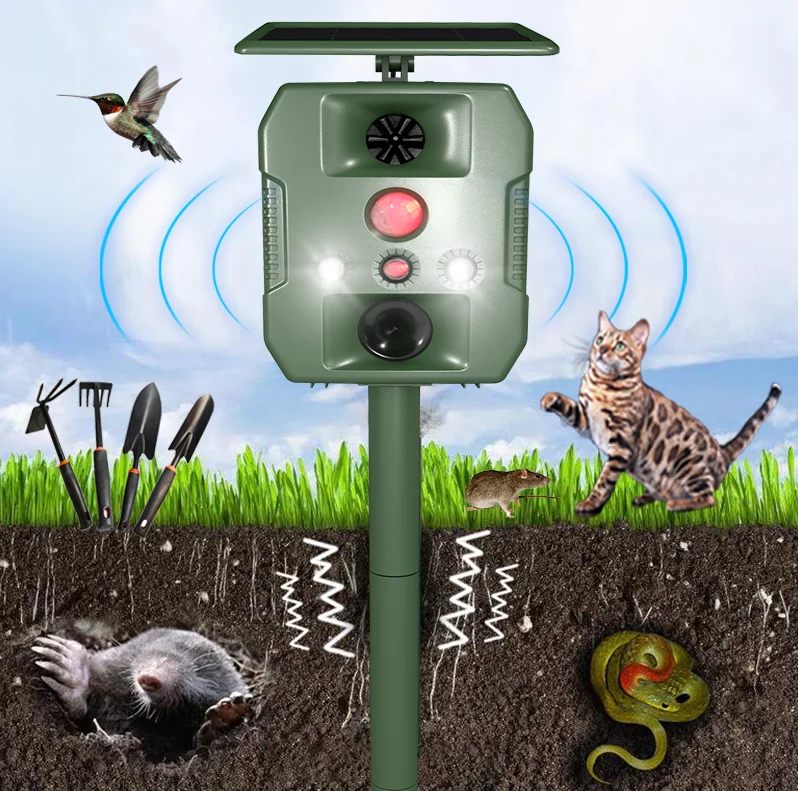
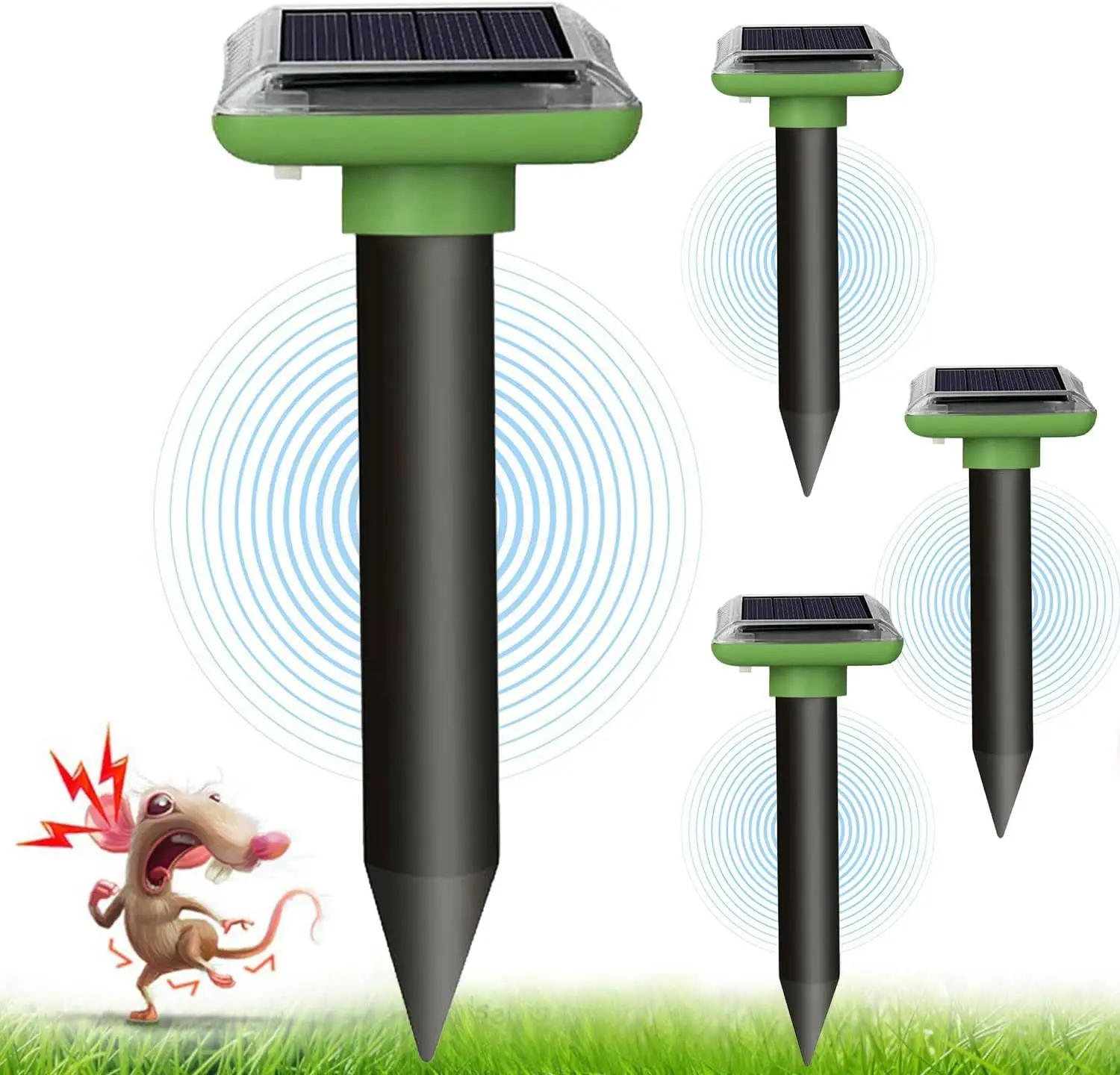
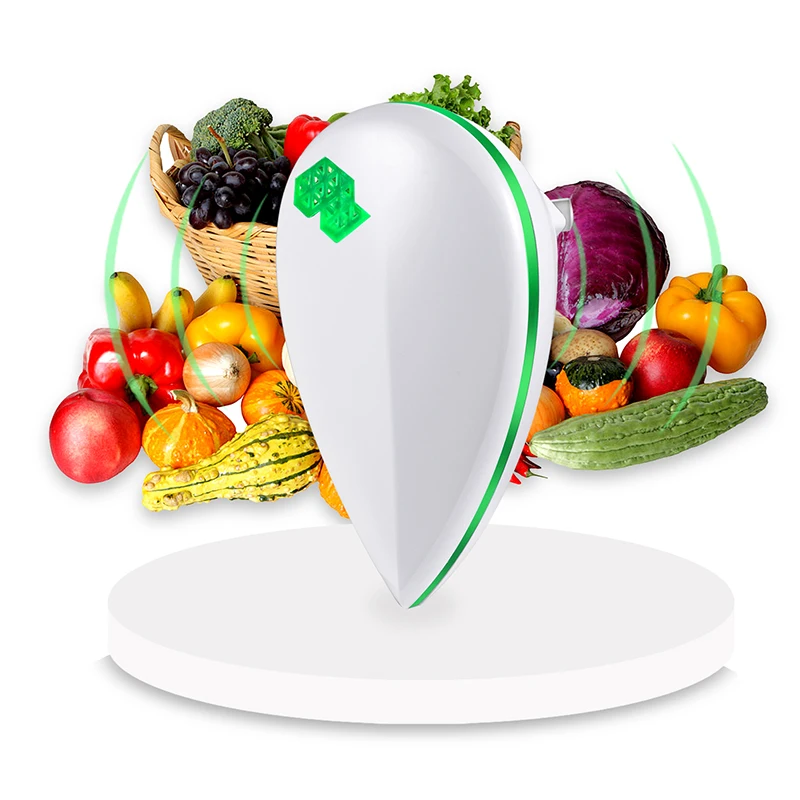
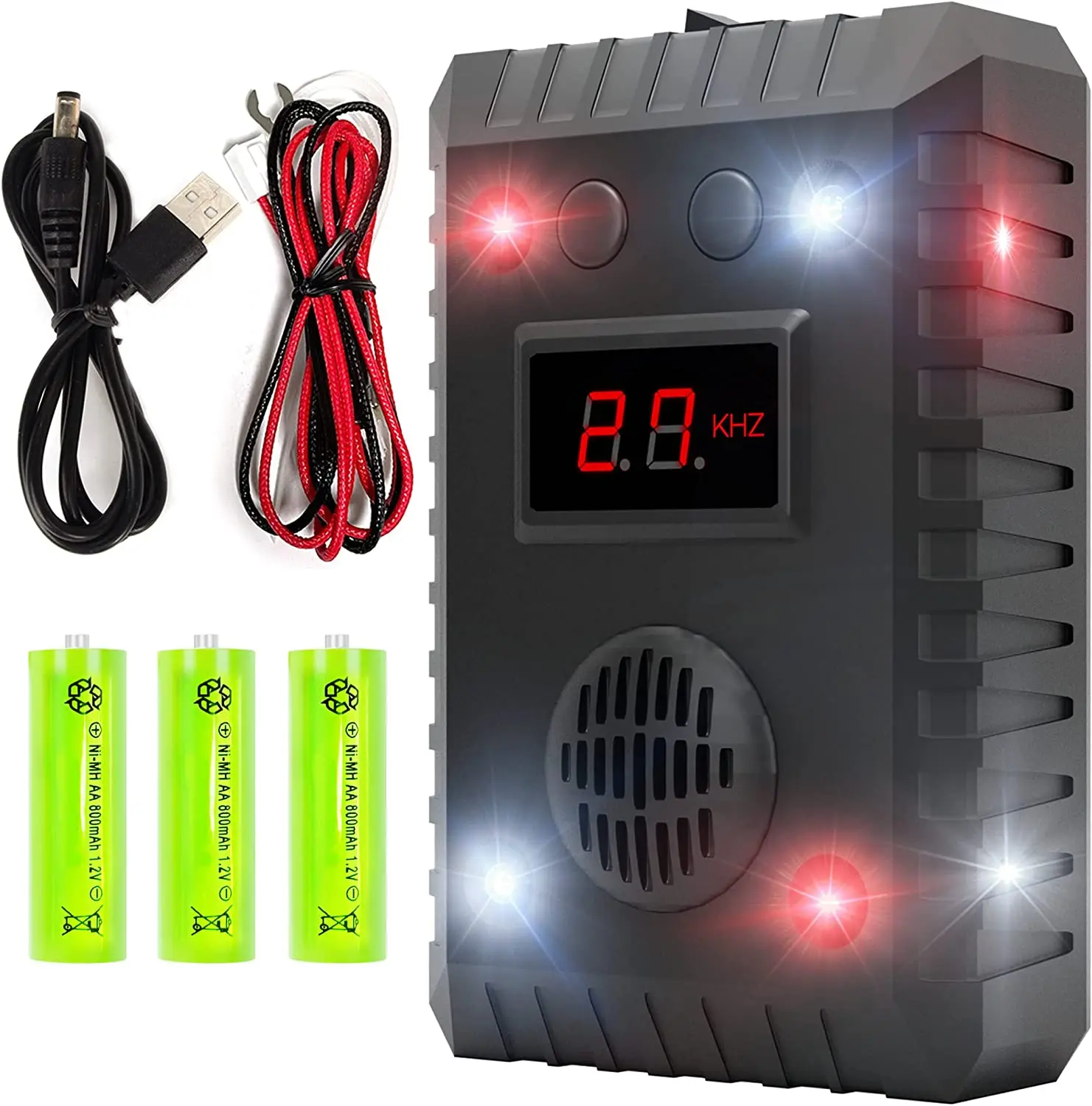
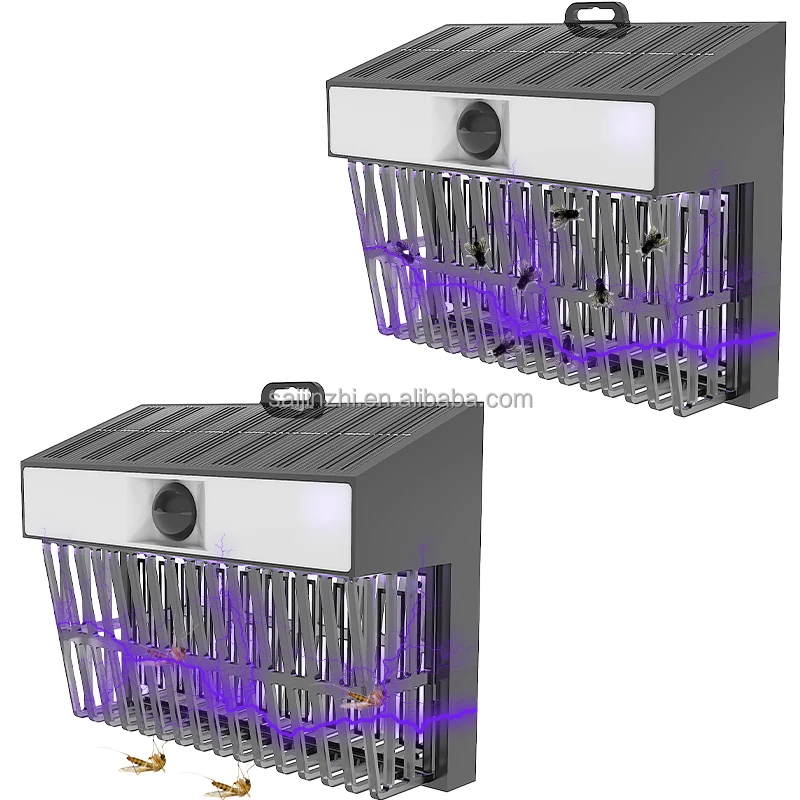
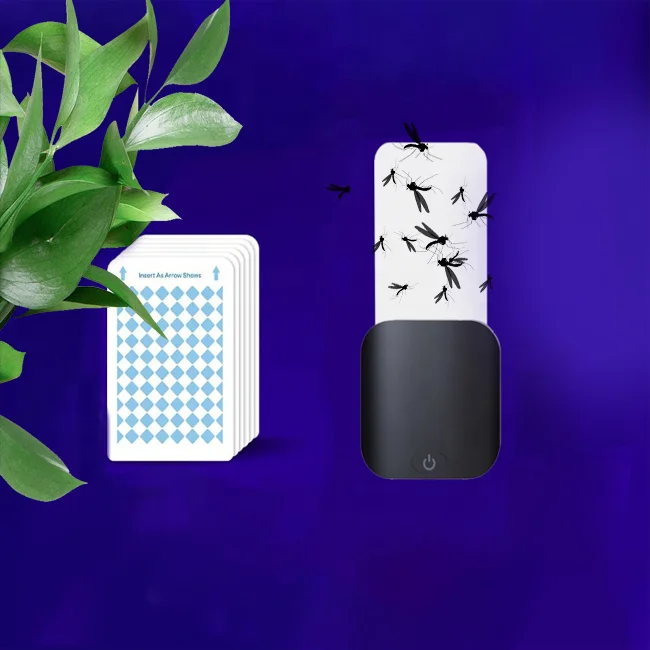
 ONLINE
ONLINE